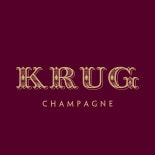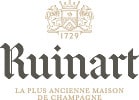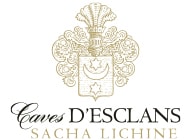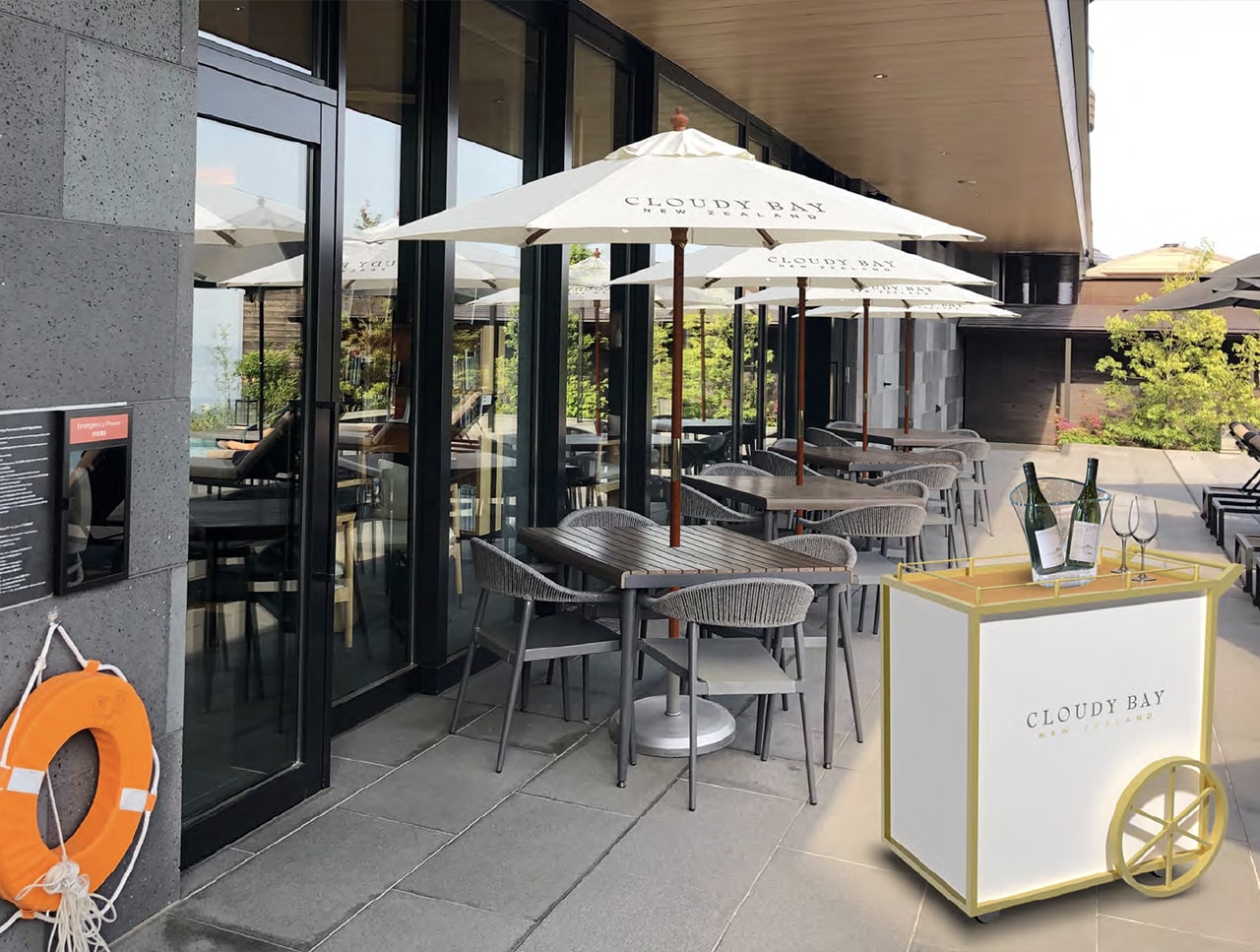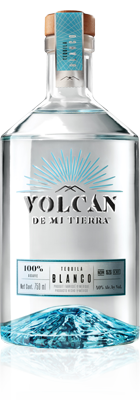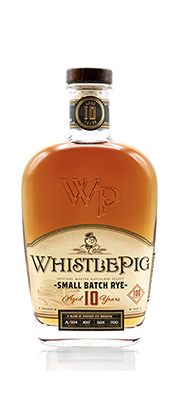For each vintage and from its inception, a limited number of bottles are set aside in the cellars, predestined for longer maturation. With this extra time, the inner activity in the bottle increases. The yeast transfers its energy to the wine… a mysterious transfer of life.
After close to 15 years, expansion of energy reaches its peak and Dom Pérignon rises to an apex of essential, radiant vitality in its state of Plénitude. Elevated to new heights, it unfurls across every dimension – wider, deeper, longer, more intense – and gifted further with an extended longevity.
2003 is a year that will remain forever ingrained in the memory of Champagne, the year when everything changed. While the effects of climate change had been observed since the late 1980s, they became brutally tangible in 2003, definitively capturing our collective attention. The combination of a severe frost in the spring – resulting in the loss of 70% of the potential chardonnay grape harvest from the Côte des Blancs – and a scorching August heatwave that people still recall, imposed the earliest harvest in the history of Champagne since 1822.
Champagne began to pick grapes on August 21 amidst total surprise and great precipitation. The grapes harvested were perfectly ripe and healthy. Like 2010, and indeed like all extreme and atypical vintages, 2003 dictated an engagement with the rhythms of nature and taking risks.
Dom Pérignon was one of very few houses to interpret 2003, a year which was influenced by significant effects of climate change. The maison has made this challenge possible through accompanied nature and assimilated changes in the Champagne region’s climate. The Maison has seized an opportunity to trend towards an ever-greater intensity in its champagnes, while taking up the challenge of preserving freshness. Grape harvests in recent years have validated the forward-looking choices made in 2003, enabling Dom Pérignon to pursue a trajectory of long-term engagement with structural changes in its viticulture and oenology practices.
2003 perfectly illustrates Dom Pérignon’s conception of taking risks. Please enjoy a vintage which perfectly demonstrates the effect of climate change as well as bold and creative action that successfully expressed the uniqueness of the year.

< DOM PÉRIGNON VINTAGE 2003 PLÉNITUDE 2 >
The Seasons:
After a particularly harsh, dry winter, early April brought severe frosts that caused significant losses.
Going from one extreme to the other, temperatures began rising in late May to reach exceptional highs – a heat wave that brought the Champagne region its hottest summer in fifty-three years and the driest in a decade.
With ripening accelerated by the heat and low grape yield, to everyone’s surprise, harvesting began on the 21st of August. It was the earliest Champagne harvest since 1822, producing a ripe and healthy crop. Ultimately, the contrasting weather conditions during the year resulted in remarkably luscious, highly concentrated grapes, recalling the legendary vintages of 1947, 1959 and 1976.
Nose:
The bouquet reveals itself in a spiral. Out of the floral softness of lime tree emerges the grey, toasted, ashy minerality so typical of Dom Pérignon.
A taste of dried fruit – apricot – appears, then the candied fruitiness of raspberry and fig. Unexpectedly, the freshness of lemon verbena, white pepper and rosemary rises for an instant, before plunging into the darkness of spices and liquorice root.
Palate:
This is a physical wine. It calls to you and draws you in, more tactile and vibrant than aromatic. Like a wave, it is built on rhythm and breaks: first it unfolds, then envelops – generous and structured – before withdrawing into a deep, dark verticality that slowly stretches towards a bitter, sapid iodine sensation.
Official Site: domperignon.com
Facebook: facebook.com/domperignon
Instagram: Instagram.com/domperignonofficial

 Armand De Brignac
Armand De Brignac Dom Pérignon
Dom Pérignon Krug
Krug Moët & Chandon
Moët & Chandon Ruinart
Ruinart Veuve Clicquot
Veuve Clicquot Chandon
Chandon Château d’Esclans
Château d’Esclans Château Galoupet
Château Galoupet Château Minuty
Château Minuty Cloudy Bay
Cloudy Bay Joseph Phelps
Joseph Phelps Newton
Newton Numanthia
Numanthia Skyside
Skyside Taylor's
Taylor's Terrazas De Los Andes
Terrazas De Los Andes Ardbeg
Ardbeg Belvedere
Belvedere Glenmorangie
Glenmorangie Hennessy
Hennessy Old Parr
Old Parr Royal Household
Royal Household Talisker
Talisker Volcán de mi Tierra
Volcán de mi Tierra WhistlePig
WhistlePig
